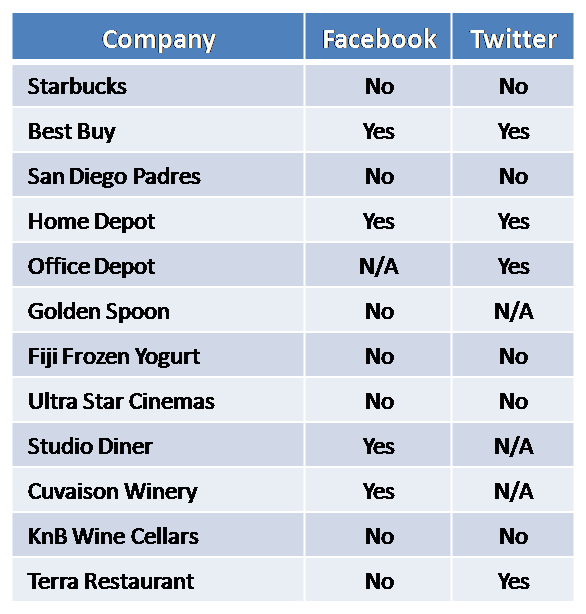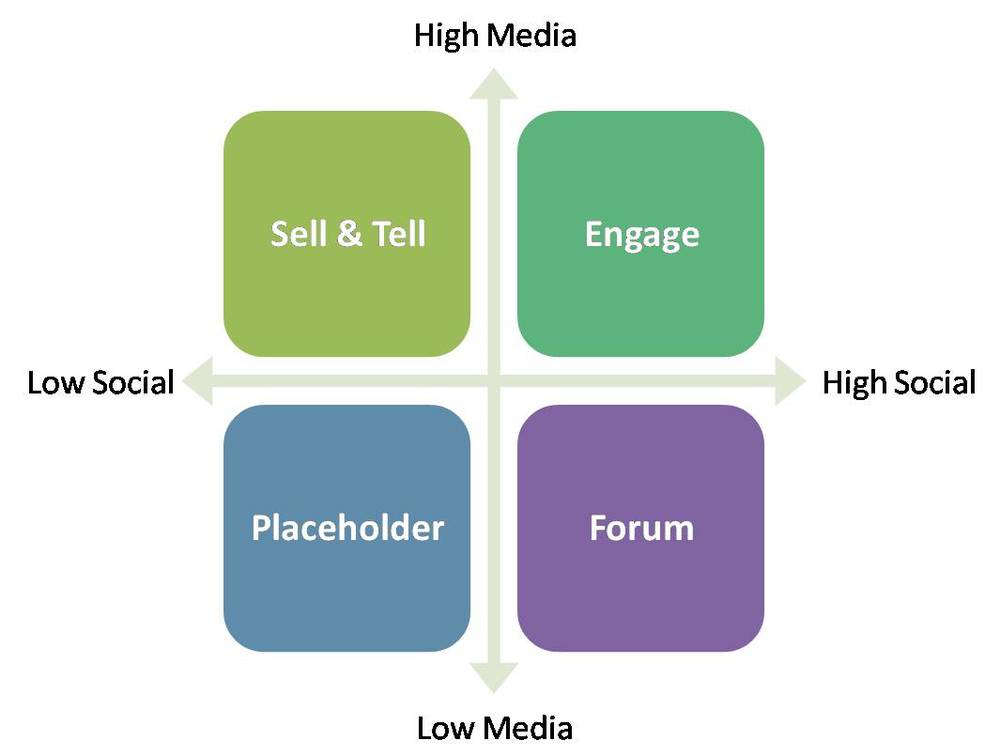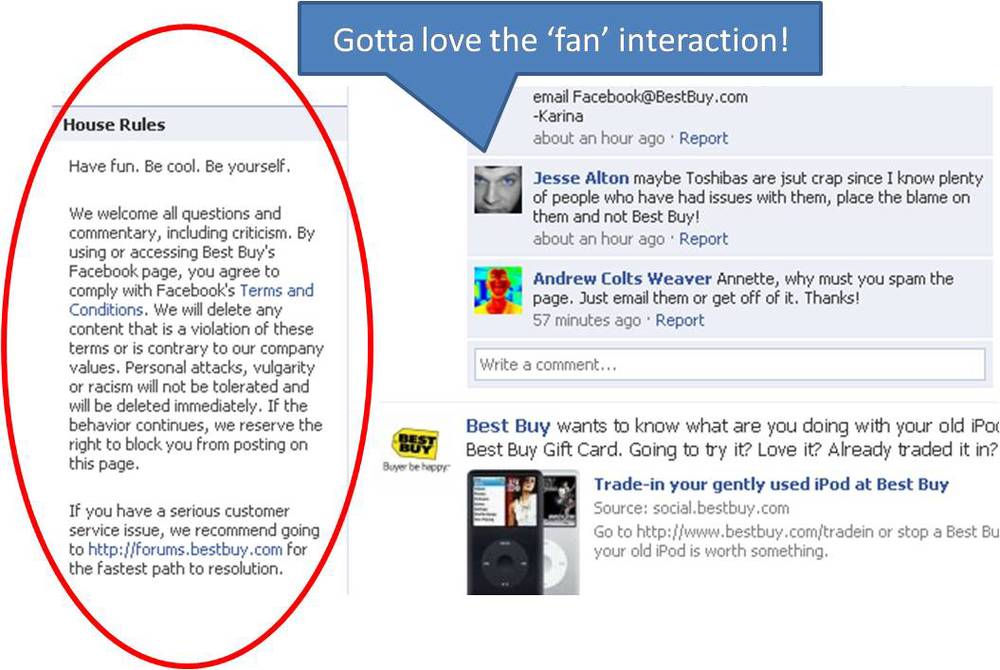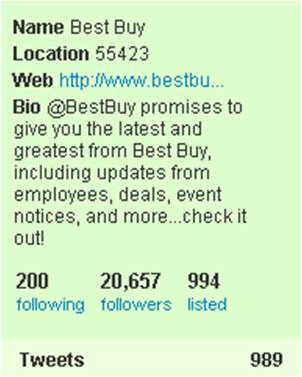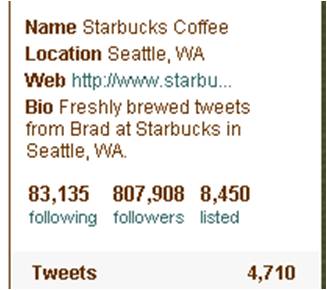What's your social media personality?
Almost four years ago, I ran a little experiment to see how companies engaged their customers via Facebook and Twitter. The results were dismal.
Fast forward a few years and surly we’ve got this social media thing figured out, right?
Not really. According to Socialbakers, brands are answering only 60 percent of customer questions on Facebook and only 38 percent on Twitter. Not surprisingly, Zendesk’s 2013 Q3 customer service benchmark ranks Twitter and Facebook as the two worst service channels in terms of overall satisfaction.
Perhaps these brands are following the sage advice from Mark Twain (or was it Lincoln?) who said:
Better to remain silent and be thought a fool than to speak and remove all doubt.
If you’ve seen this story about Amy’s Baking Company in Scottsdale, Arizona, you’ll understand why keeping quiet on social media can be a good idea. Their Facebook meltdown was epic.
There are some brands who do it right
Some brands do get it. They engage customers with a bit of personality and flair. They use social media to help solve problems, generate positive word of mouth, and increase customer engagement. Here are a few examples:
Cuvaison Estate Wine was one of the brands in my original experiment. I’m happy to say they’re still doing a great job. Their outstanding wine is complimented by a social media personality that is fun, upbeat, and inclusive. Here’s an example:
American Airlines does a great job of responding quickly. Their personality is empathetic and helpful. They handle complaints with class even when passengers are seemingly unaware that severe weather has cancelled thousands of flights across the country.
And then there’s Tesco Mobile. They’re re-writing the book on dealing with social media complaints with a an edgy, snarky personality. I'll admit to reading their tweets purely for the entertainment value. Check out this example:
It gets even better. They recent had an epic Twitter conversation where they looped in other UK brands. Buzzfeed called it the best Twitter conversation you’ll read today. Check out this gem from the exchange:
A word of caution
There’s one potential downside to having a great social media personality. You’ll be encouraging customers to air their gripes in public if you are funny and helpful online, but uncaring and clueless via traditional service channels. Do a check and make sure your service channels don’t have multiple personalities.




